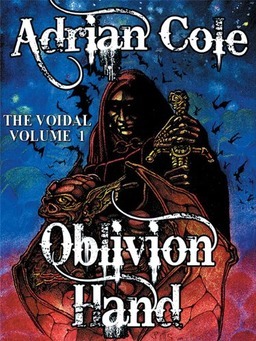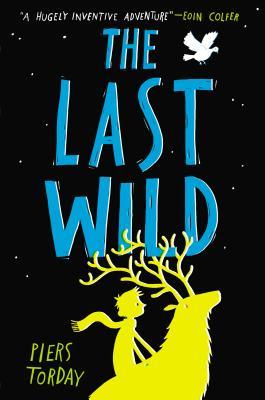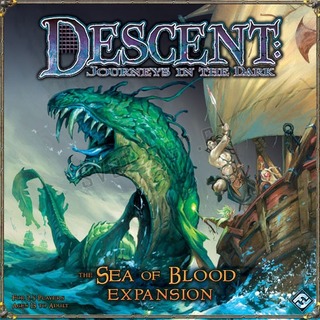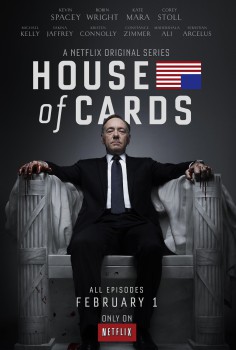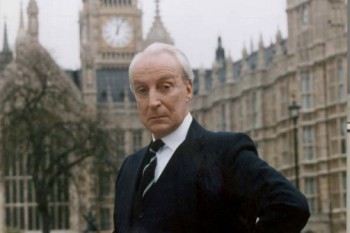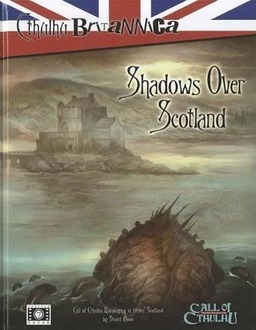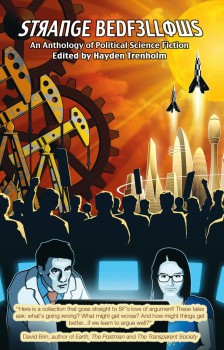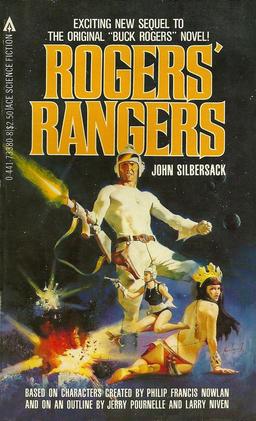 If you know the name John Silbersack, it’s likely for his many significant accomplishments as a publisher and literary agent.
If you know the name John Silbersack, it’s likely for his many significant accomplishments as a publisher and literary agent.
Silbersack has founded no less than six different imprints, including ROC Books at Penguin, Warner Aspect, and Harper Prism. Over a decade ago, he walked away from publishing and decided to become an agent, partnering with Trident Media Group, where he now reps some of the biggest names in the industry, including Barb & J.C. Hendee, Guy Gavriel Kay, E. E. Knight, William F. Nolan, David Schow, Paul Park, and the Isaac Asimov and Frank Herbert estates.
But back in the early 80s, this publishing Renaissance man also tried his hand at writing and editing. With Victoria Schochet, he edited the first four volumes of The Berkley Showcase (1980 – 1982), an anthology of science fiction and fantasy that presented original work from Berkley authors. It lasted five volumes and published a fabulous range of fiction from Orson Scott Card, R A Lafferty, Pat Cadigan, John Kessel, Howard Waldrop, Connie Willis, Thomas M Disch, Marge Piercy, Eric Van Lustbader, and many others.
All very interesting. But what we want to talk about today is Silbersack’s sole novel: Rogers’ Rangers, a sequel to the original Buck Rogers novel, published by Ace Books in 1983, which I found in a collection of SF books from the 1980s I acquired two months ago.
Back in 1979, Glen A. Larson, the producer behind the original incarnation of Battlestar Galactica, launched a new SF TV show for Universal: Buck Rogers in the 25th Century, starring Gil Gerard and Erin Gray (and the voice of Mel Blanc as Twiki, Buck’s robot companion.) The series was a hit, and I vividly remember seeing the pilot episode in theaters, shortly before the TV version launched.
…
Read More Read More
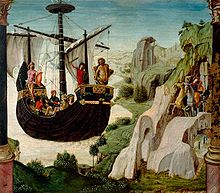 Previously on Ancient Worlds: We’ve been discussing Apollonius of Rhodes’ Argonautica, which tells the story of Jason and the Argonauts, well known from many a late night creature feature.
Previously on Ancient Worlds: We’ve been discussing Apollonius of Rhodes’ Argonautica, which tells the story of Jason and the Argonauts, well known from many a late night creature feature.